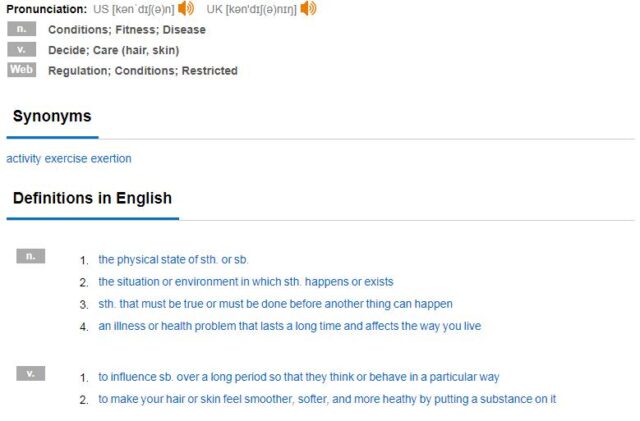The conditioning is a kind of learning by which two events are associated. A distinction can be made between two basic types of conditioning: classical conditioning and operant conditioning.
Classical conditioning, which is also known as respondent conditioning and Pavlovian conditioning, was originally postulated by the Russian physiologist Ivan Pavlov. It is a form of associative learning that has its origin in the principles that Aristotle proclaimed in the law of contiguity.
According to abbreviationfinder.org, this law holds that when two events usually occur at the same time, each time one occurs, the other comes to mind. This type of conditioning, in this way, takes place when a stimulus that did not generate a response ends up being linked to another stimulus that, instead, already produced such a response. Thus the first stimulus, finally, begins to develop the same response.
Regarding operant or instrumental conditioning, this learning modality implies the existence of a reinforcing stimulus that is the contingent consequence of a response that a subject issued previously. This is linked to the initiation of a new behavior, and not to the link between pre-existing stimuli and responses.
It is known as unconditioned stimulus (EI) to those impulses to which we react naturally; In other words, to face them we do not need to learn anything, it is unconditional to learning; conditioned stimulus (CS), is that response that can be developed thanks to prior learning ; and neutral stimulus (EN), is one that does not provoke any response.
BF Skinner is the North American psychologist who raised the concept of operant conditioning, which refers to the attitude that some animals have to act. It refers to the influence that the environment has on their responses to different stimuli.
It is the learning theory that tries to discern those behaviors that are new to the organism because it is not genetically programmed.
A reinforcing event is a reward that is received in exchange for something else, for example in the case of dogs, by offering them a treat if they perform a certain action, they are being shown a reinforcing event that will condition their actions. For its part, a reinforcing stimulus is an environmental incentive, which when applied to the organism, can be apprehended and collaborate with an increase in the frequency of the individual’s response.
Within operant conditioning there are many forms of learning, these are: by reinforcement (the reinforcing stimulus is used to get the animal’s reaction), by avoidance (aversive methods that the animal can avoid in case of doing what is asked of it), superstitious (a consequence related to reinforcing or aversive stimuli, which increases the frequency of the desired behavior), by punishment (the performance of what is asked, will be punished in an unpleasant way. Fear is the protagonist of the fact that the action) and by forgetfulness(The behaviors that are not treated by any of the previous methods, decrease their frequency of appearance. That is, the less importance they are given, the faster they will disappear from the normal behavior of the animal)
In short, an operant conditioning consists of a set of stimuli whose purpose is to get the organism that receives them to do a certain thing. According to Skinner, not only animals can learn this way, but also people.
Finally, it should be noted that among the differences that exist between classical conditioning and operant conditioning, it can be mentioned that, in the second, the association appears between the responses and the effects they produce. On the other hand, when it comes to classical conditioning, the so-called unconditioned stimulus does not have any dependence on the response provided by the person.
Another very important difference is that, in classical conditioning, the response emitted by the individual is not voluntary. On the other hand, in operant conditioning, it is usually the result of the will.
